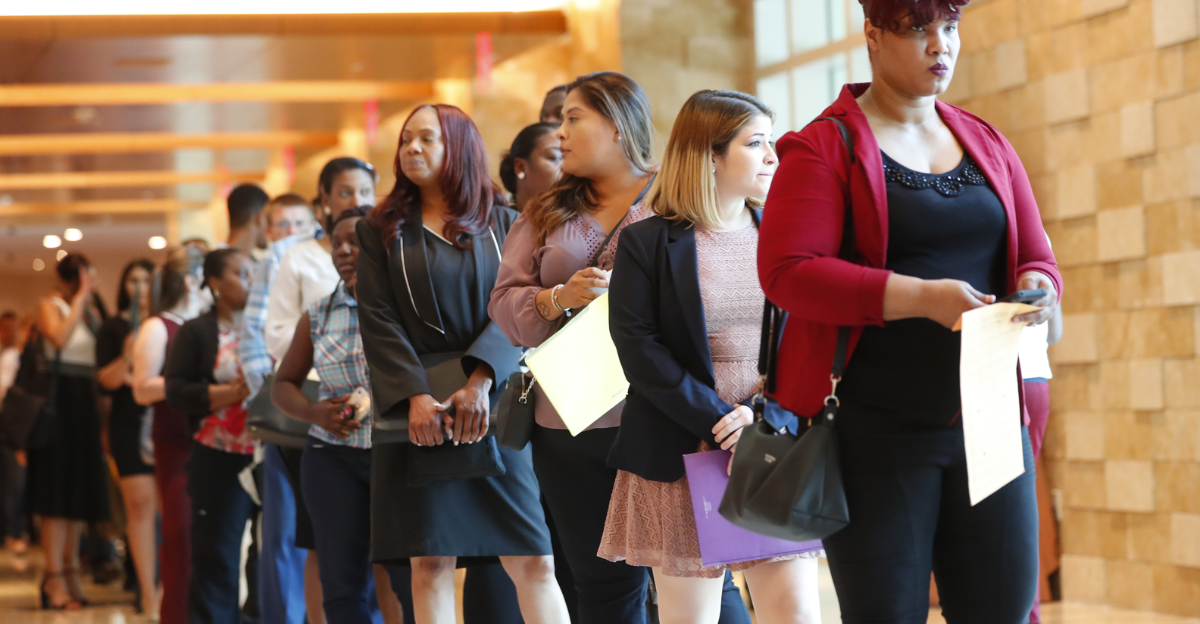
After weeks of turmoil, consumer sentiment shows cracks. The Conference Board’s Consumer Confidence Index dipped to 97.4 in August (down from 98.7 in July).
At the same time, Americans’ 12‑month inflation expectations surged to 6.2%—the highest since early this year.
The combination of flat consumer prices and soaring wholesale costs has households on edge.
In short, confidence is slipping and worry about rising prices is rising. “It’s not bad, but it’s not good,” as one economist put it, reflecting widespread uncertainty.
Labor Concerns
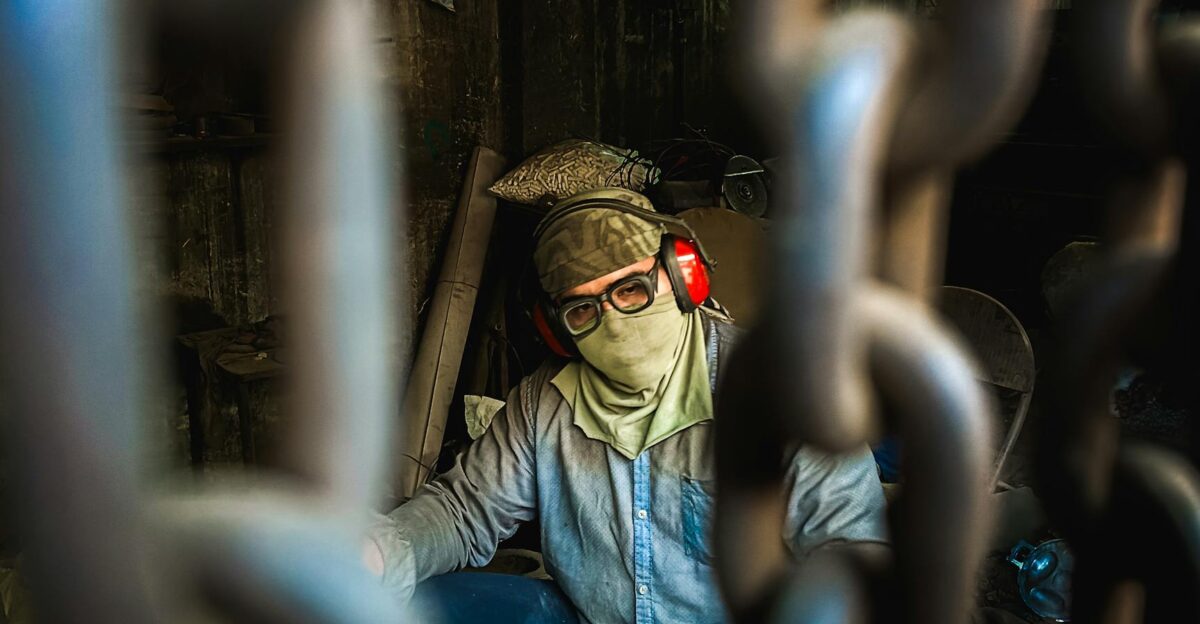
Consumers’ view of jobs is souring. The Conference Board reported that the appraisal of current job availability has declined for the eighth consecutive month.
Meanwhile, the Expectations Index – Americans’ outlook on the jobs market six months ahead – plunged to 74.8, well below the 80+ level typically seen in strong economies.
In practical terms, roughly 20% of respondents now say jobs are “hard to get,” up from 18.9% last month.
Growing numbers of workers fear layoffs or a hiring freeze, fueling the sense that labor is the achilles heel in today’s economy.
Survey Heritage
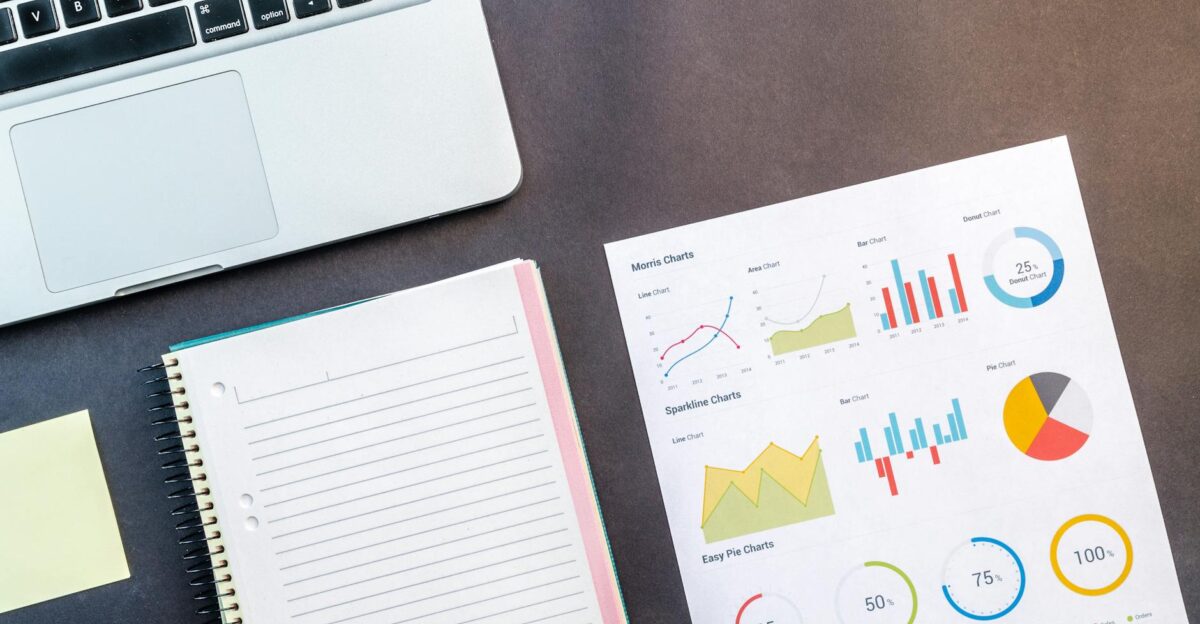
This anxiety registers on a time‑tested measure. The Conference Board – founded in 1916 – has been surveying tens of thousands of households monthly since the 1960s to gauge sentiment.
Its U.S. Consumer Confidence Index (CCI) combines two sub–indexes: a Present Situation Index (how people see today’s economy) and an Expectations Index (their outlook six months forward).
Each month’s report is based on those roughly 5,000 responses.
Over time, the CCI has proven to be a leading indicator of growth, with lower readings often preceding downturns. Right now, the readings show “moving sideways” – not great, but worrisome.
Growing Pressures
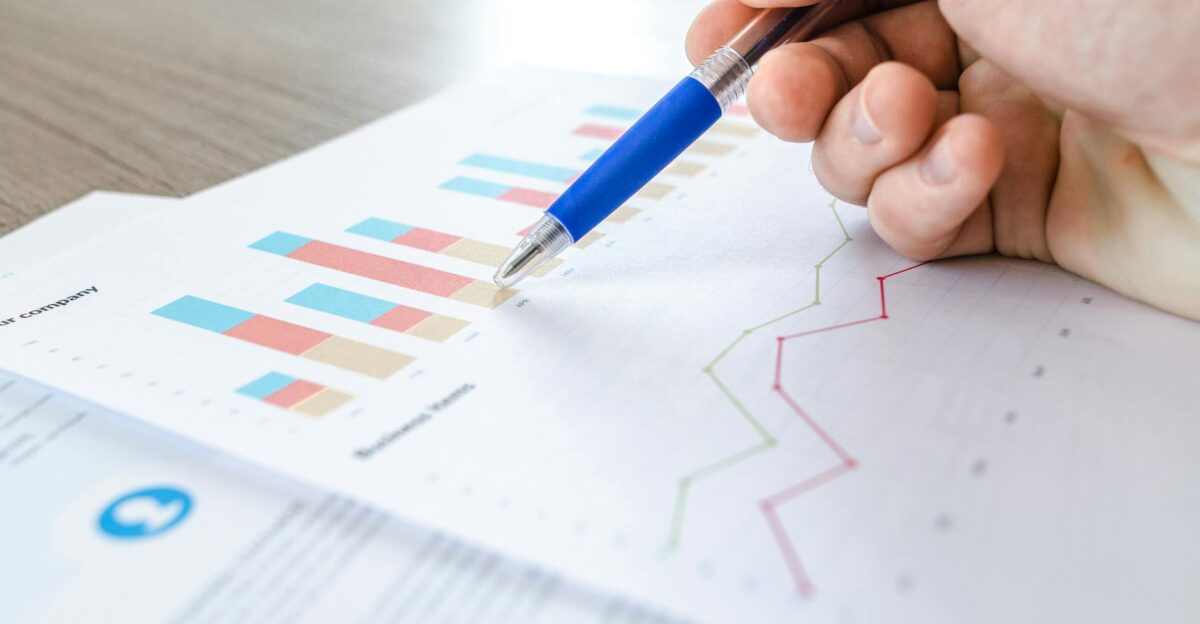
Behind these numbers lies an onslaught of economic headwinds. Tariffs are at record levels: the effective U.S. tariff rate has climbed to about 18.6%, the highest since the Great Depression.
These new import duties have not yet hit consumers head-on, but they are already driving up costs for businesses.
For example, July’s Producer Price Index jumped 0.9% – a four-year high – as factories paid more for inputs.
By contrast, consumer prices rose only modestly that month. The result is a classic squeeze: businesses feel tariff costs now, even before most households see higher prices in stores.
The Hidden Reality

Then came the July jobs report, a sobering wake-up call. U.S. nonfarm payrolls grew by just 73,000 in July, far under the ~115,000 economists had forecast.
Even more startling was the data revision: May and June payrolls were cut by 258,000 jobs combined. Hundreds of thousands of jobs that were counted last month simply vanished.
KPMG economist Diane Swonk labeled this “a stunning revision” and warned, “It’s stalling out right now.”
Americans are seeing what these stats mean: fewer hires and lost opportunities, despite a still-high job-creation bar for growth.
Regional Impact
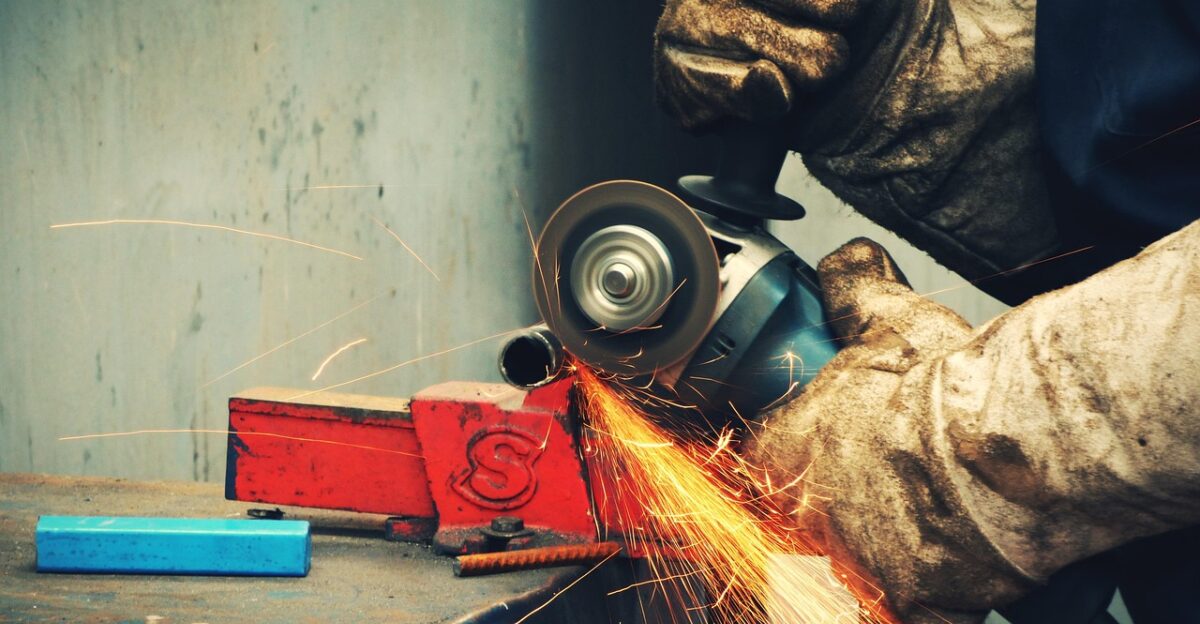
The weakness shows up everywhere. The official unemployment rate ticked up to 4.2% in July (from 4.1%) – the highest since late last year. Perhaps more troubling, labor force participation fell to 62.2%, the lowest level since November 2022.
That means many Americans have stopped looking for work altogether.
Across industries and geographies, job growth has stagnated: sectors like manufacturing actually shed jobs in July, while retailers and government slowed hiring.
Broadly speaking, the labor market’s historic resilience has shown cracks — the national unemployment figure masks higher unemployment in some states and demographics.
Human Stories

“It feels like the recovery has hit a wall,” says Diane Swonk, chief economist at KPMG, echoing what many workers say.
Millions of Americans – factory workers, truck drivers, retail clerks – tell similar stories: after years of steady gains, there are suddenly fewer opportunities. One auto parts worker in Michigan noted how employers are “playing it safe” by not adding staff.
Another, a mid‑career retail manager, confessed she’s begun filling out job applications again despite the recent hiring boom.
These anecdotes reflect the data: as Swonk observes, the labor market “is stalling out” and household confidence is slipping alongside it.
Business Response

Faced with rising input costs, many businesses are bracing for pain. Major retailers and manufacturers have openly warned they will raise prices to cover new tariffs.
For instance, the CEO of a large U.S. auto parts chain told analysts last quarter that any new duties would be “passed back to the consumer” through higher retail prices.
Even companies that once promised to absorb costs are starting to renegotiate. On recent earnings calls, executives at Target, Best Buy, and Walmart noted the uncertainty of tariffs.
As one CEO remarked, companies “generally raise prices ahead of” higher duties to avoid compounding their losses.
Macroeconomic Context

Viewed over a longer arc, the U.S. economy has slowed. Outside of recessions, the pace of job gains in 2025 is unprecedentedly low. The St. Louis Fed reports that the 3-month moving average of nonfarm payroll growth was just 35,000 jobs by July.
That is the weakest rate outside recession periods in decades.
Investment bank analysts point out that for the last several months, the economy has been barely keeping pace with population growth. In effect,
Tariff volatility, waning consumer demand, and policy uncertainty have turned what should be a still‐robust labor market into a “low‑engine lag.” This has fed into markets: futures now price in a higher chance that the Fed will delay any interest rate cuts, citing “dual mandate” risks.
Price Transmission

The hidden story is who ultimately bears the tariff costs. Initially, importers and sellers have eaten much of the increase, but that’s changing fast.
According to Goldman Sachs economists, by mid-2025, U.S. consumers had absorbed only about 22% of the tariffs so far – but that share is expected to jump to 67% by October.
Two-thirds of the cost of these new tariffs will soon show up in consumer prices. Pantheon Macro’s Sam Tombs notes that recent PPI data “indicates that the new tariffs are continuing to generate cost pressures in the supply chain, which consumers will shoulder soon”.
The lagged pass-through helps explain why U.S. inflation has remained deceptively modest – it’s like a calm before the storm.
Internal Conflict
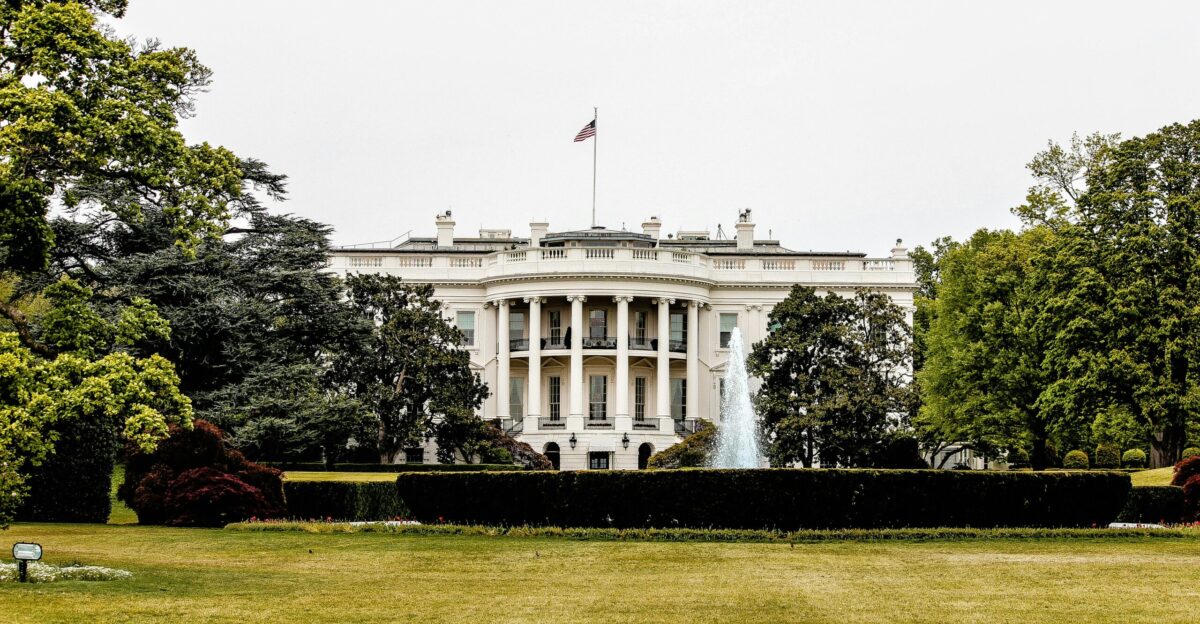
Americans are increasingly aware of the tension between political rhetoric and reality. Survey data show that “tariffs” and “inflation” have become top-of-mind concerns for consumers.
One-fifth of respondents now say jobs are “hard to get”, a figure that has risen month by month.
Critically, many households say they never expected to pay for these tariffs; they thought foreign companies would bear the cost.
Yet anecdotal evidence and data are shifting that view. While the White House insists exporters will pay most of the duties, consumers are already cutting back – and planners in corporate boardrooms are pricing in higher costs.
This schism is feeding political debate: people doubt what they’re hearing in the news, and it’s eroding confidence in leadership narratives.
Leadership Shift
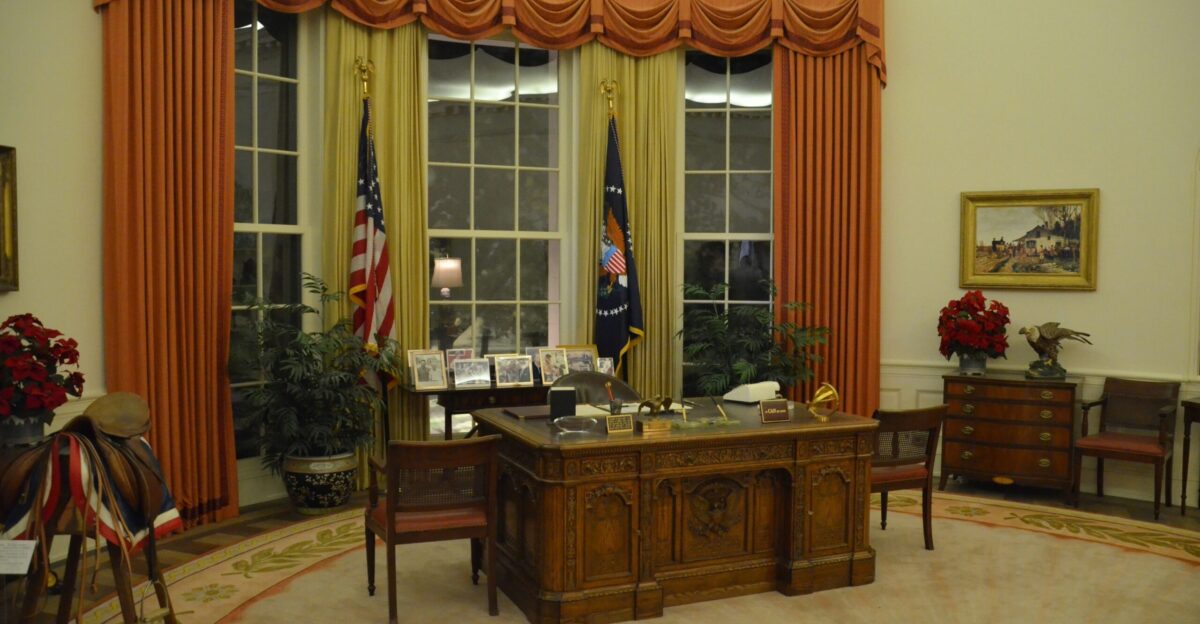
Even government economists are sounding the alarm. Stephanie Guichard, the Conference Board’s senior economist, sums up the mood bluntly: consumer confidence has “been moving sideways for the past four months”.
The headline index hasn’t budged much – but underlying fears have. Guichard notes that nearly all the drop in confidence stems from anxiety over tariffs and higher prices.
She also points out that very few CEOs now say they can afford to absorb these costs internally; almost everyone plans to pass them on.
Policymakers have lost a bit of credibility: promises that “businesses will handle it” ring hollow when even industry insiders admit margins are shrinking.
Recovery Attempts
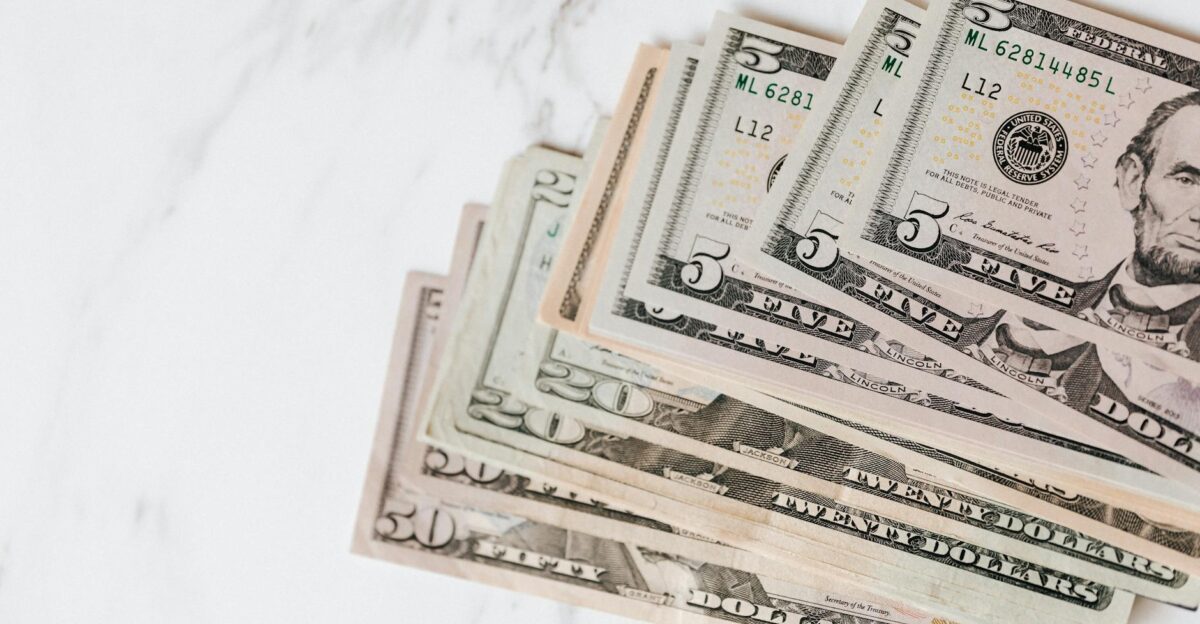
This toxic mix leaves the Federal Reserve in a bind. On the one hand, long‑run inflation is roughly under control, but new tariff shocks risk a rebound in prices.
On the other hand, the labor market is weakening – not crashing, but cooling sharply.
If Fed officials stay on hold too long, stagflation could set in, but cutting rates too soon might fuel any future spike in inflation caused by the trade war.
As one strategist put it after the recent data deluge, the upside surprise in producer prices “highlights the dilemma the Fed faces in judging the risks to its dual mandate.” Typical recovery playbooks may not fit this moment. Planners must navigate a slowdown even as costs threaten to rise, putting traditional monetary tools under unusual strain.
Expert Outlook

Many economists warn we’ve only seen the first act of this show. Skanda Amarnath of Employ America says the U.S. is already experiencing a “mild form of stagflation”.
Translation: we have simultaneously soft growth (slumping hiring, falling retail traffic) and above-target inflation (especially import price inflation).
Another Harvard economist, Alberto Cavallo, echoes this caution – he forecasts that it could take “over a year” before the full price effects of tariffs appear in retail data.
Likewise, retailers and manufacturers are already laying the groundwork for further price hikes.
Future Questions

Taken together, these factors raise fundamental questions for the economy. Can consumer spending hold up if more of the tariff burden shifts to households? Will companies continue hiring when uncertainty is so high?
And critically, can the U.S. avoid sliding into a recession while juggling this new trade policy experiment?
The data so far suggest little margin for error. Inflation expectations are uncomfortably high, job creation is near a multi-year low, and many Americans already say they feel poorer.
Every economic indicator is hinting at stress: the only question is whether it will hit a tipping point or gradually ease as policymakers and markets adjust.
Political Stakes
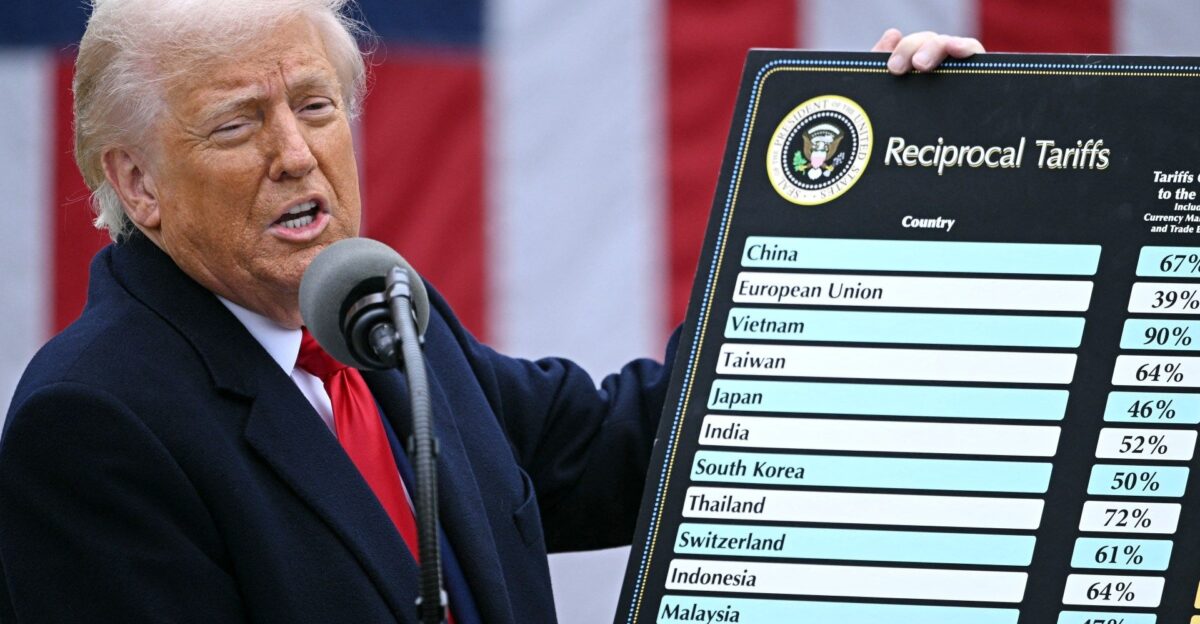
These economic cracks have political consequences. The Trump administration continues to insist that foreign exporters – not U.S. consumers – will pay the tariffs. But the growing evidence contradicts that claim.
Households feeling higher grocery, gasoline, and consumer goods prices don’t know how to credit tariffs, and may blame policymakers.
Meanwhile, swing voters in key states (farm belts and manufacturing regions) are increasingly uneasy. In surveys, Americans say they want relief from rising prices more than more trade fights.
As one Bloomberg poll found, voters rank tariffs well behind the cost of living as a concern. If nothing changes, the disconnect between rhetoric and reality could erode support for the administration’s agenda at the ballot box next year.
Global Effects

The U.S.-led trade war is also reshaping the world economy. A new analysis by Yale’s Budget Lab projects that the current tariffs will shave roughly 0.5 percentage points off U.S. GDP growth each year through 2026.
Unemployment is projected to be 0.7 points higher than otherwise. Moreover, trading partners and global supply chains will feel the pain.
By raising costs on importers everywhere, these policies drain demand from foreign industries (like auto parts in Mexico or electronics in Asia).
U.S. tariffs are estimated to impose the equivalent of a $1,000 tax increase on the typical household, a drag that ripples through global markets.
Sectoral Damage

Within this broader contraction, some sectors suffer more than others. The Yale analysis finds that modest gains in manufacturing output are more than offset by declines in construction and farming.
With building costs rising and interest rates higher, U.S. construction output is projected to fall by 3.6% in the long run.
Agriculture – a traditional target of tariffs – is expected to see about a 0.8% drop due to lost export markets and higher input costs.
Even services aren’t immune: tourism and dining out are already sagging as Americans tighten their belts. Altogether, these shifts imply the economic pie is simply growing more slowly, and the pieces are being redistributed in ways that hurt middle‑class industries.
Generational Impact

Young adults report bearing much of the anxiety. Generation Z and millennials, many burdened by student debt and stalled wages, are adopting frugality in a big way.
On social media, college students boast about “eating kids’ meals as an adult” or using app deals to cope with back-to-school sticker shock.
A viral TikTok user even joked about dumpster-diving to survive, highlighting a generation cutting every corner. Surprisingly, survey data also show the steepest confidence drops among high-income households.
In April, the Conference Board noted that households making over $125,000 saw the biggest slump in optimism.
Broader Reflection
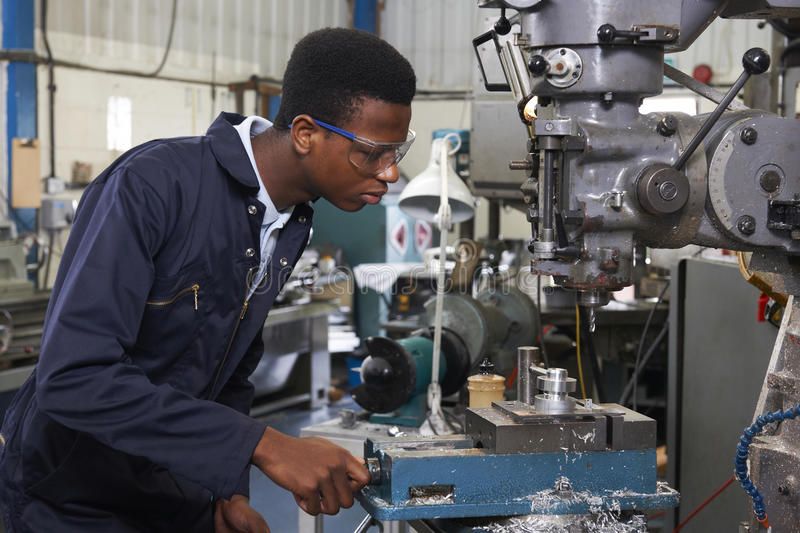
The story here is about a fundamental tension in policy. On one hand, the narrative promised a “golden age” of American manufacturing and jobs through protectionism. On the other hand, ordinary families are experiencing higher prices, job worries, and lower living standards.
This gap – between promise and lived reality – is fueling unease.
Across the country, from factory floors to kitchen tables, Americans are quietly asking whether the benefits of these tariffs might cost more than they hoped.
In the months ahead, the answers to those questions will shape not just pocketbooks, but the nation’s economic trajectory and political landscape as well.